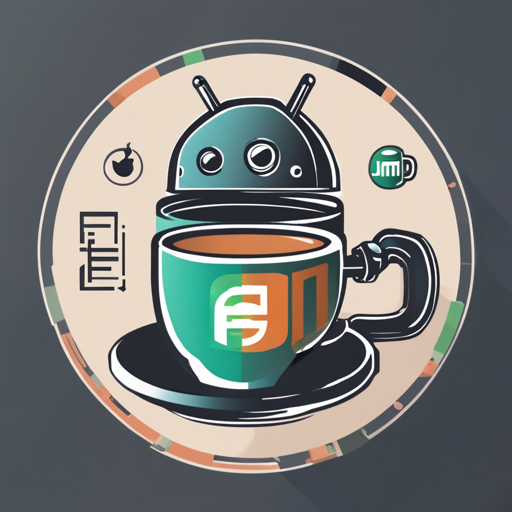Integrating FFmpeg into your Android applications can supercharge your media processing capabilities. The FFmpeg Android Java library offers a straightforward way to harness FFmpeg’s power without the hassle of dealing with native code. This guide will walk you through the essential steps to set everything up and get you started on your audio and video adventures!
Getting Started
Before diving into the implementation details, ensure you have the following:
- Your Android development setup ready with Android Studio.
- A project where you want to integrate the FFmpeg functionalities.
Setting Up FFmpeg in Your Project
To leverage the FFmpeg Android Java library, you first need to compile it. The key methods you’ll be working with are:
- loadBinary: Loads the FFmpeg binary onto the device so you can start processing files.
- execute: Executes FFmpeg commands to perform tasks like converting or editing media files.
Understanding the Code: An Analogy
Imagine you are a chef in a kitchen (your Android app) that has various tools (FFmpeg commands) to prepare dishes (media files). Before you start cooking (process files), you need to make sure that your kitchen is equipped with the right tools (loading the FFmpeg binary). Once everything is in place, you can confidently execute your recipes (commands) and whip up delicious media transformations!
import com.writingminds.ffmpeg.FFmpeg;
import com.writingminds.ffmpeg.FFmpegExecuteResponseHandler;
import com.writingminds.ffmpeg.FFmpegLoadBinaryResponseHandler;
public void initializeFFmpeg() {
FFmpeg.loadBinary(new FFmpegLoadBinaryResponseHandler() {
@Override
public void onStart() {
// Initializing FFmpeg
}
@Override
public void onFailure() {
// Handle failure
}
@Override
public void onSuccess() {
// Prepare to execute commands
}
@Override
public void onFinish() {
// FFmpeg is ready to use
}
});
}
public void executeCommand(String command) {
FFmpeg.execute(command, new FFmpegExecuteResponseHandler() {
@Override
public void onStart() {
// Command has started executing
}
@Override
public void onProgress(String message) {
// Real-time progress update
}
@Override
public void onSuccess(String message) {
// Command executed successfully
}
@Override
public void onFailure(String message) {
// Command execution failed
}
@Override
public void onFinish() {
// Execution finished
}
});
}
Troubleshooting Tips
While using the FFmpeg library, you may encounter some issues along the way. Here are a few troubleshooting ideas:
- If the binary fails to load, ensure that your device supports the architecture you are targeting (armv7, armv7-neon, or x86).
- Check your permissions. Ensure you have the required permissions to access files if you’re working on file transformations.
- Look out for command syntax errors. Ensure your FFmpeg commands are correctly structured.
For more insights, updates, or to collaborate on AI development projects, stay connected with fxis.ai.
Conclusion
With FFmpeg integrated into your Android application, you can now unlock a myriad of functionalities for working with audio and video files. It streamlines processes and saves time compared to native implementations, allowing you to focus on building great user experiences.
At fxis.ai, we believe that such advancements are crucial for the future of AI, as they enable more comprehensive and effective solutions. Our team is continually exploring new methodologies to push the envelope in artificial intelligence, ensuring that our clients benefit from the latest technological innovations.

